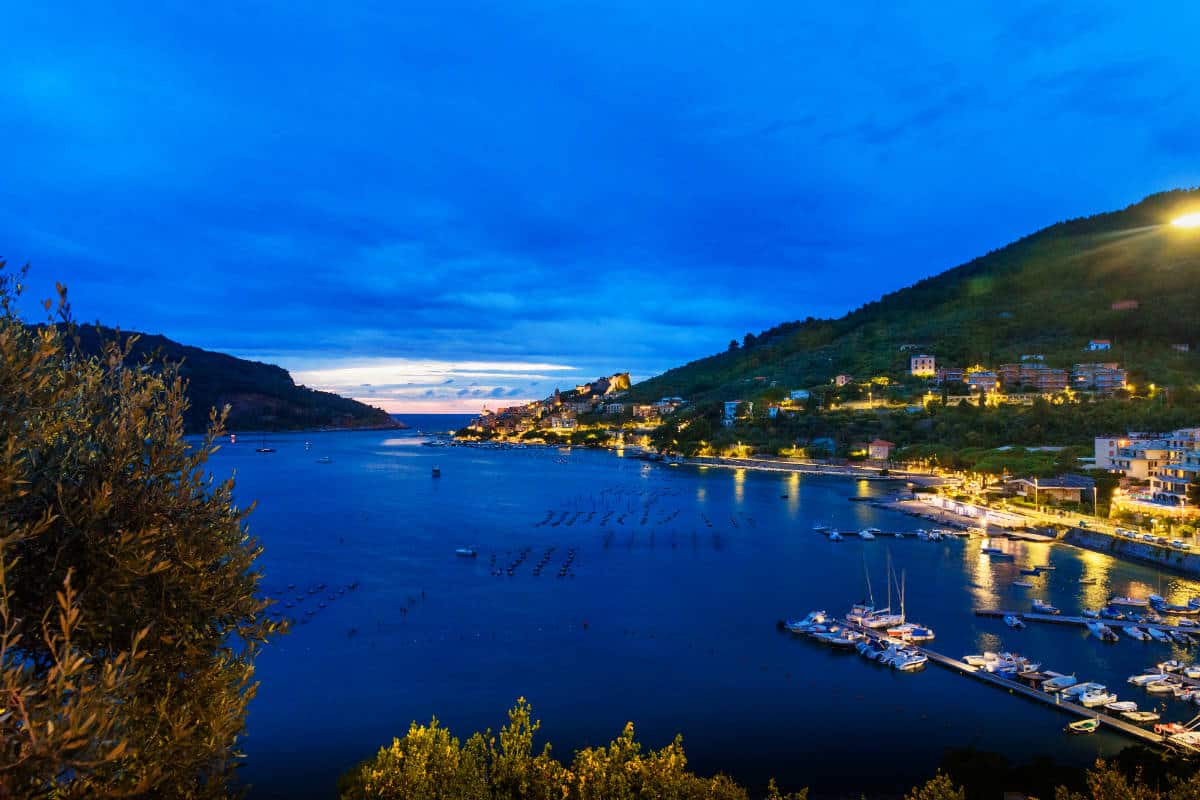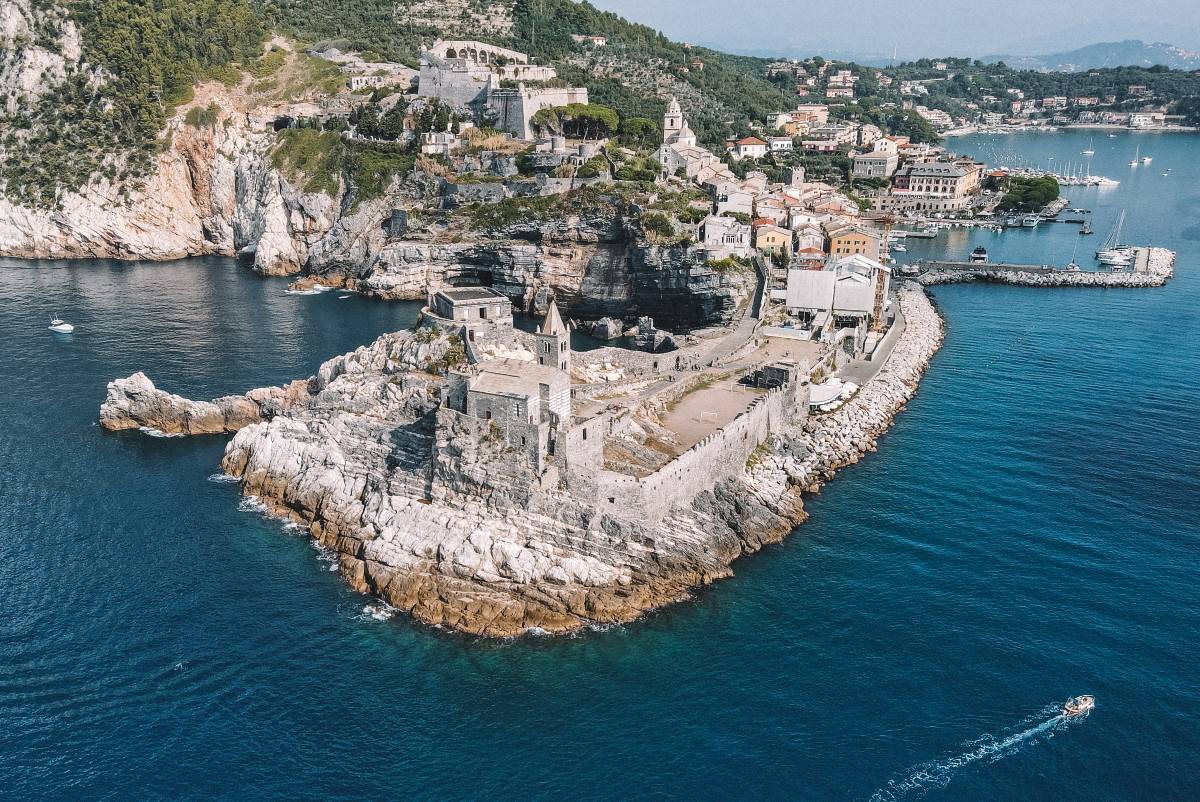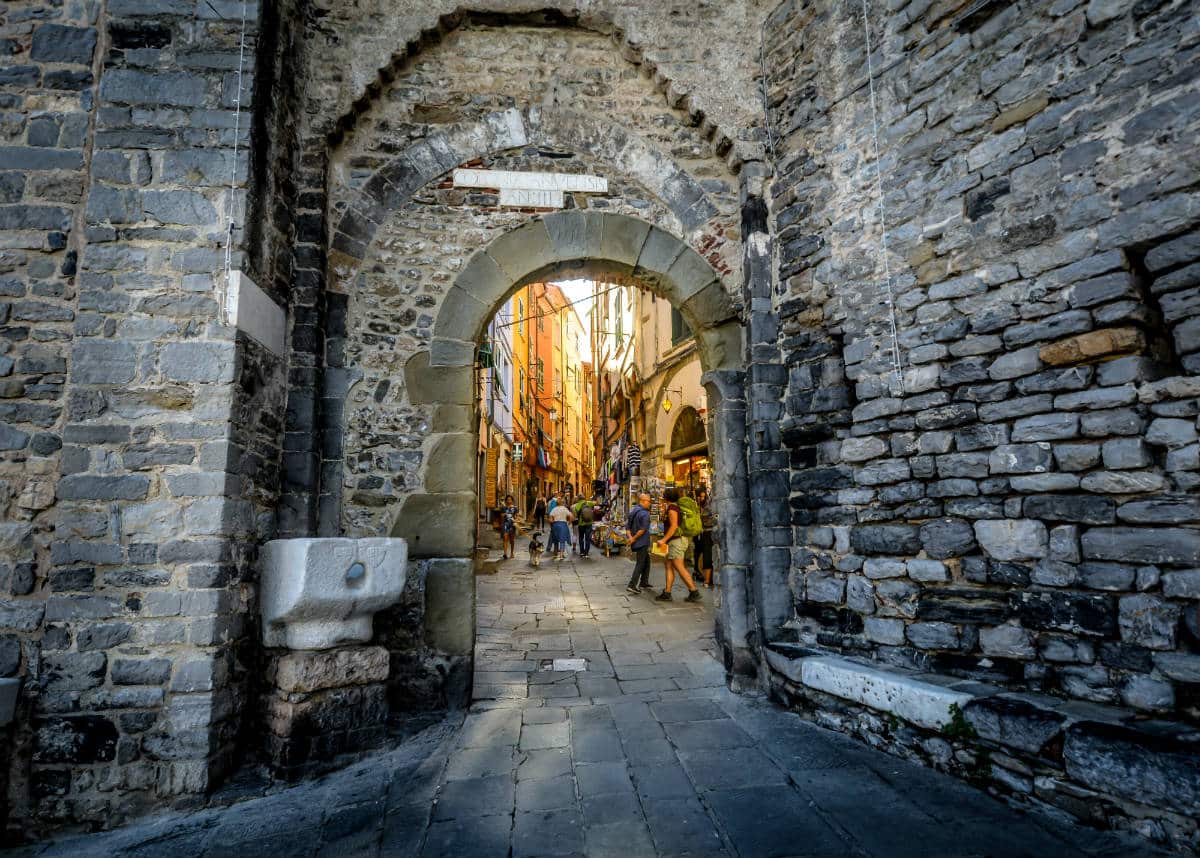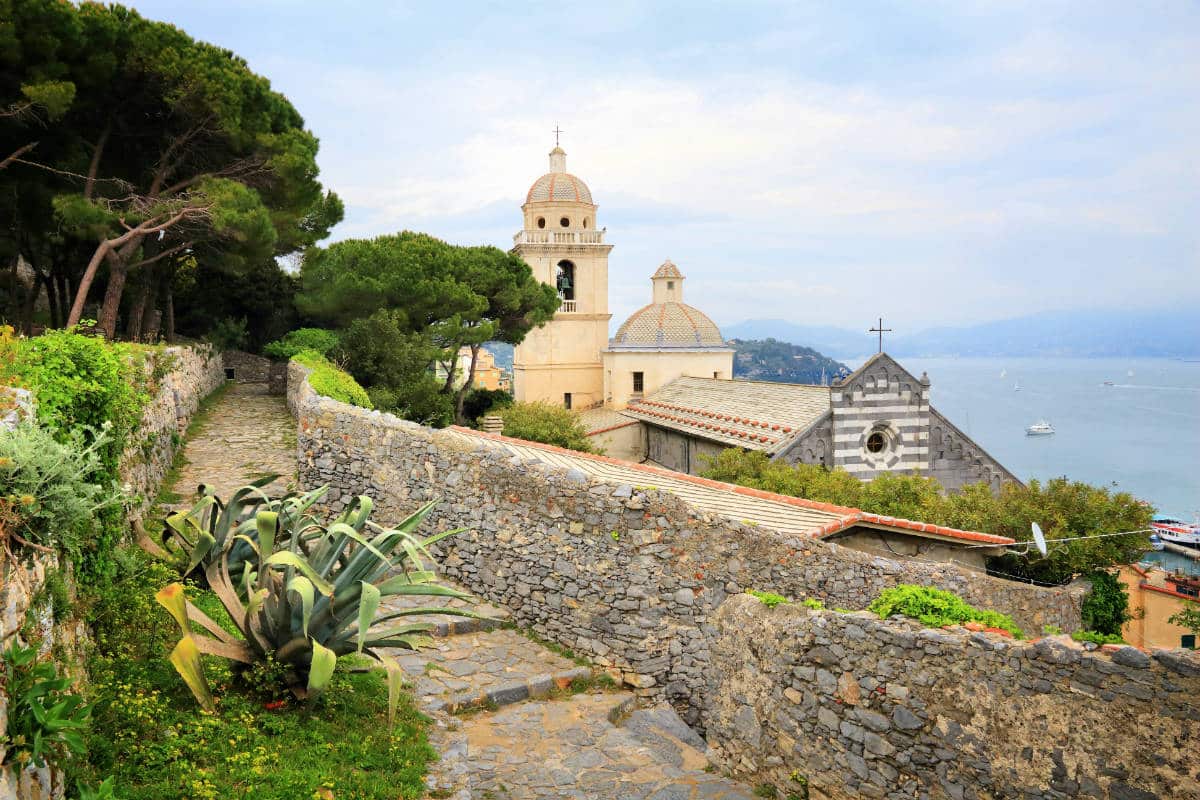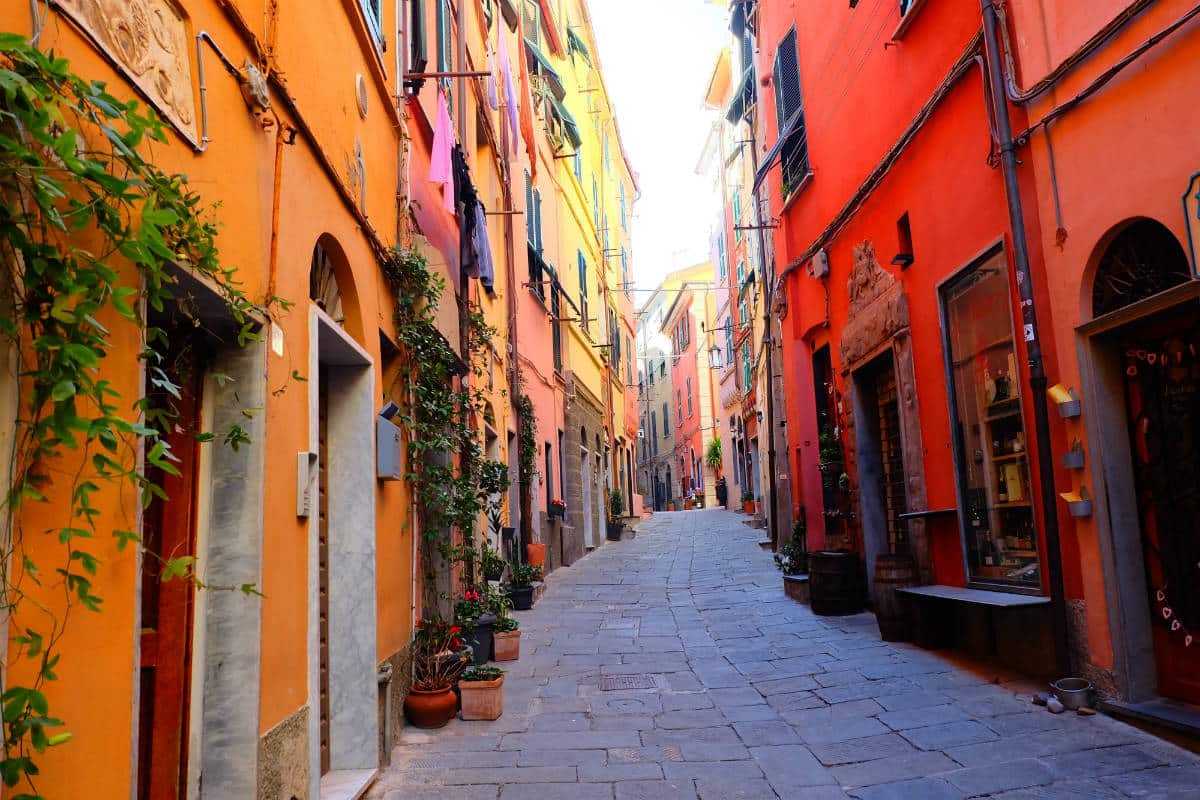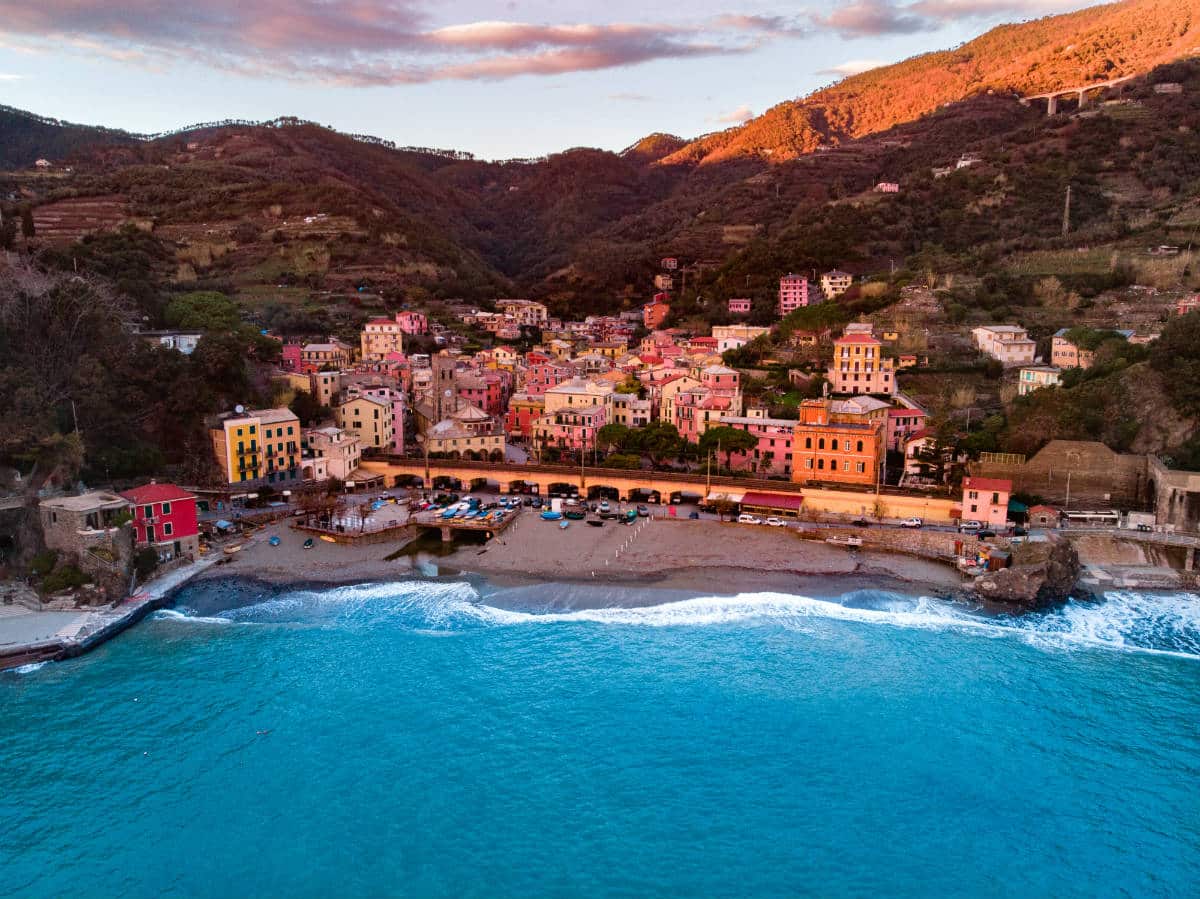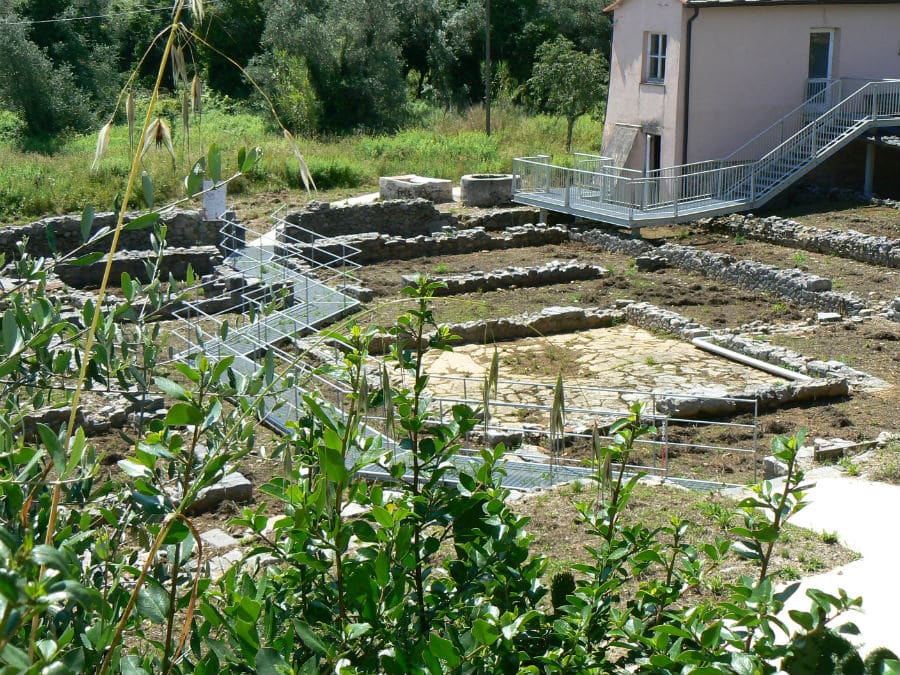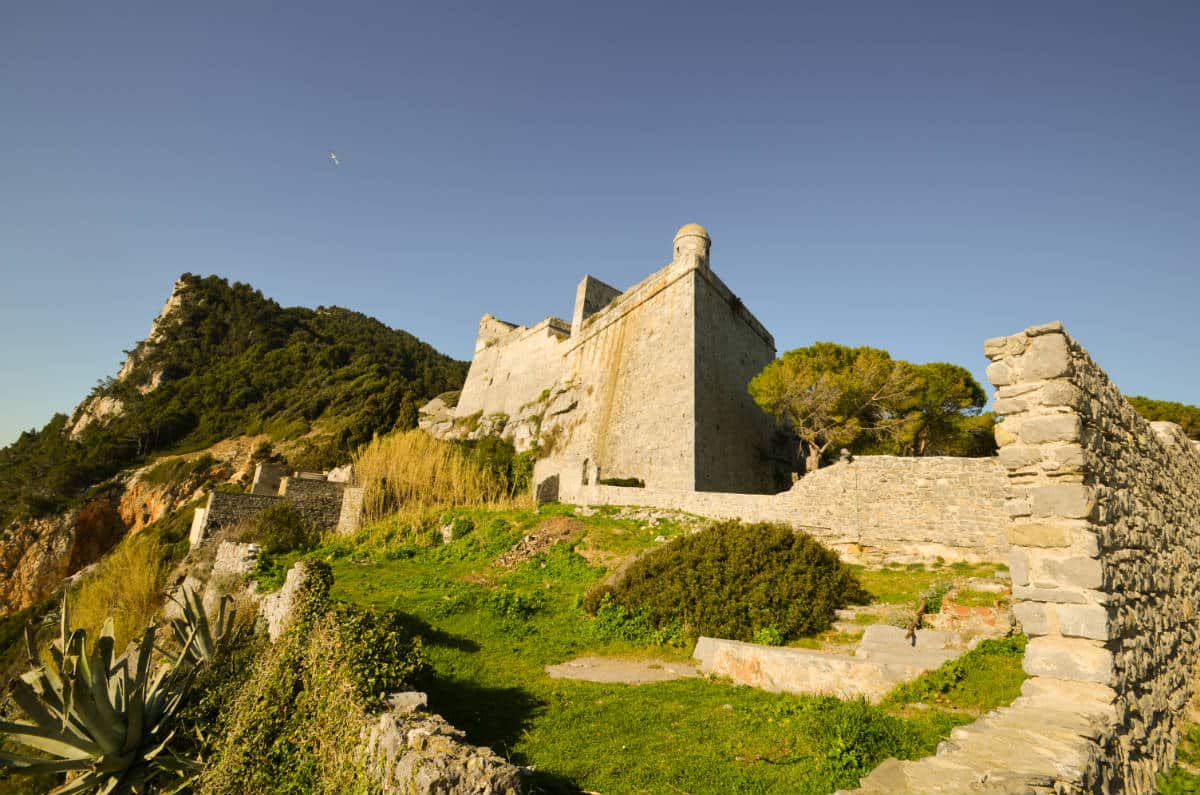Porto Venere is a jewel of Liguria, a seaside village that stands proudly at the southern end of a peninsula, forming the western shore of the famous Gulf of La Spezia, also known as the "Gulf of Poets." This charming town, located in the province of La Spezia, is characterized by unparalleled natural beauty, with its colorful houses overlooking a crystal clear sea and steep cliffs plunging into the deep blue Mediterranean.
History
The origins of Porto Venere are shrouded in history and myth. They date as far back as the 6th century B.C., at the time of the Ligurian peoples, but it is in the 1st century A.D. that the village is mentioned by historians such as Claudius Ptolemy and in the Maritime Itinerary of Emperor Antoninus Pius. The name "Portus Veneris" refers to an ancient temple dedicated to the goddess Venus Ericina, located where the church of St. Peter stands today. According to tradition, Venus was born from the foam of the sea lapping the shores of Porto Venere, creating a romantic and mythological bond with this fascinating place.
Initially a modest fishing settlement, Porto Venere developed over the centuries, becoming a naval base for the Byzantine fleet. However, its history is also marked by invasions and destruction, such as the assault of the Lombard king Rotari in 643 AD. Despite the difficulties, Porto Venere continued to prosper, thanks to its strategic location and the protection of its fortifications, built under Genoese rule from the 12th century onward. The walls surrounding the village are a silent witness to centuries of history and battles, and today represent one of the most fascinating elements of the urban landscape.
On the streets of the village
The old part of the village is a labyrinth of narrow, winding streets, leading to quiet little squares and panoramic views of the sea. With no automobile traffic, this area is perfect for relaxing walks, allowing visitors to fully immerse themselves in the historical and cultural atmosphere of the place. Highlights include St. Peter's Church, a masterpiece of architecture that combines early Christian and Gothic elements. This church, with its imposing bell tower that once also had a defensive function, is surrounded by a Romanesque loggia that offers a breathtaking view of the gulf.
Continuing along Via Capellini, one descends to the small harbor, where small fishing boats and sailboats bob gently on the water. Here there is also the Arpaia Grotto, an evocative place linked to the figure of the poet Lord Byron, who was said to take refuge in this corner to meditate and inspire himself. His passion for the village is evidenced by the poem dedicated to Porto Venere, which celebrates its beauty and charm.
Another place of worship is the Church of San Lorenzo, also known as the Shrine of the White Madonna. This church, dating back to the 12th century, has undergone numerous restorations due to fires and attacks throughout its history. Its location provides access to the Doria Castle, which now hosts art exhibitions and offers panoramic views of the gulf and the islands of Palmaria, Tino, and Tinetto, which lie opposite the coast of Porto Venere.
The village is also a starting point for exploring the surrounding nature. The islands of Palmaria, Tino, and Tinetto are easily accessible by boat and offer hiking trails immersed in the Mediterranean maquis, with breathtaking views and enchanting beaches. Porto Venere is an ideal destination for those seeking a mix of culture, history and nature, and was recognized as a UNESCO World Heritage Site in 1997.
Porto Venere represents a perfect combination of natural beauty and cultural heritage. Its thousand-year history, maritime traditions and unique atmosphere make it one of the most fascinating destinations on the Ligurian Riviera, capable of enchanting visitors of all ages and backgrounds.




